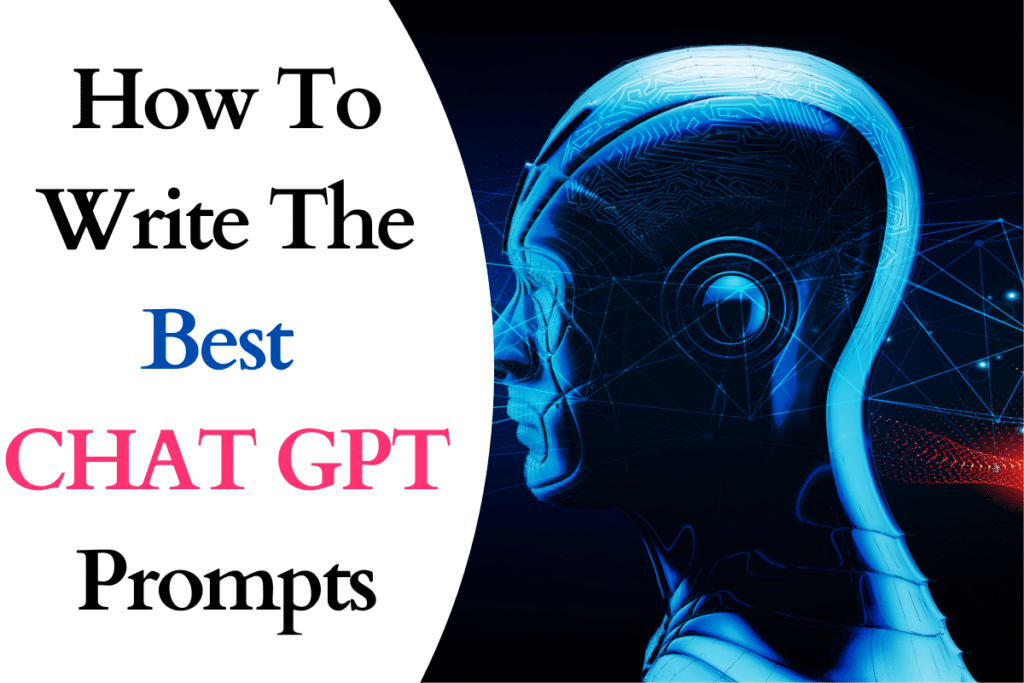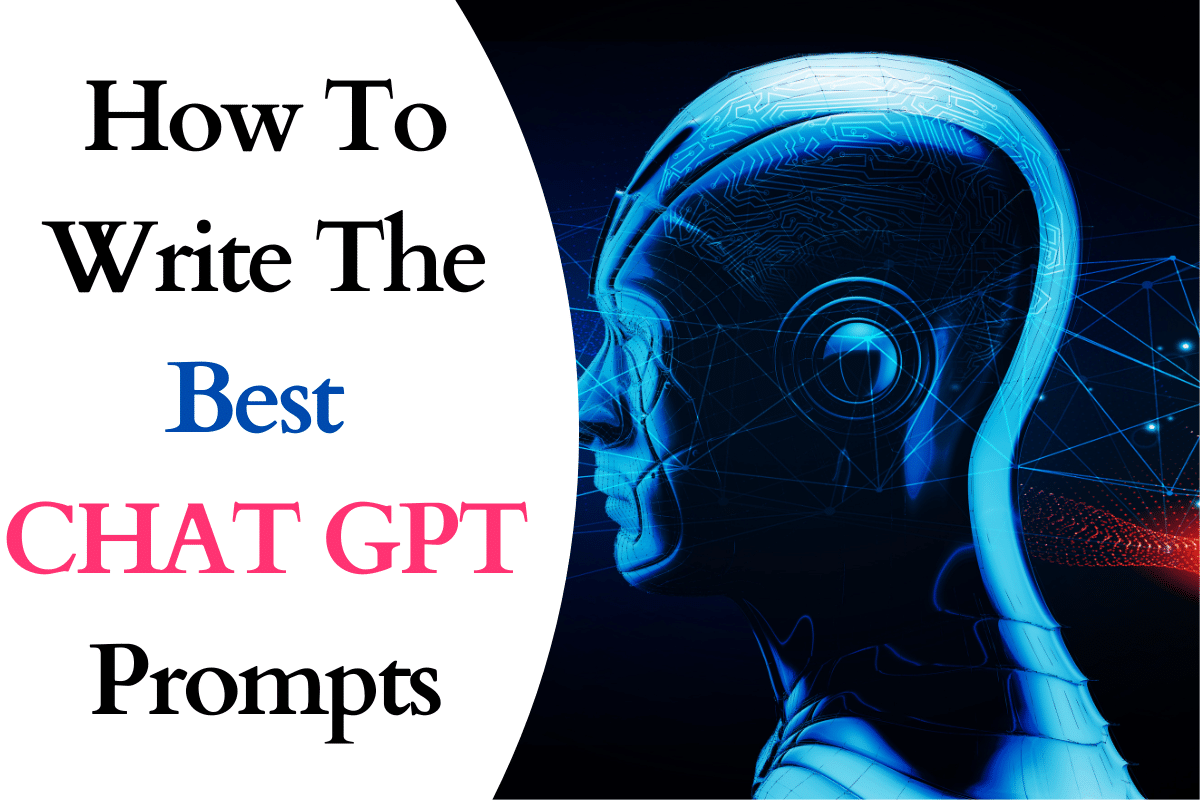In today’s digital age, ChatGPT has emerged as a powerful tool for engaging and communicating with users. The key to unlocking its full potential lies in crafting effective prompts that elicit meaningful responses. This blog post aims to provide a comprehensive guide on writing the best ChatGPT prompts to build connections and foster engaging conversations.
What Is Chat GPT Prompts?
A ChatGPT prompt is like a friendly conversation starter that you provide to the AI language model. It’s the way you communicate your intentions and guide the responses you want to receive. Think of it as a human-like invitation for a chat, where you set the tone, ask questions, and provide context. Crafting a well-written prompt is the key to building connections and engaging in meaningful conversations with ChatGPT.
I. Understanding the Role of ChatGPT Prompts:
ChatGPT prompts serve as the initial input or instruction provided to the language model, guiding its responses. The quality of prompts directly impacts the generated output, making it crucial to create prompts that effectively communicate our intentions.
When writing prompts, it’s essential to be clear and specific. Clearly define the goal or question you want to address, avoiding ambiguity that might lead to irrelevant or confusing responses. For instance, instead of a vague prompt like “Tell me about dogs,” a clearer prompt like “What are the benefits of owning a dog as a pet?” sets a specific focus for the response.
II. Being Clear and Specific:
Define the specific goal or question:
Clearly state the purpose of the prompt. If you’re seeking advice, mention that explicitly. For example, “I’m planning a trip to Paris. Can you provide me with some recommendations for local attractions and hidden gems?”
Use clear language and avoid ambiguity:
Ensure that the language used in the prompt is straightforward and easy to understand. Ambiguity can lead to confusion and generate inaccurate or irrelevant responses. Keep the prompt concise while conveying the necessary information.
Specify the desired format or structure:
If you have a specific format or structure in mind for the response, such as a step-by-step guide or a pros-and-cons analysis, clearly state it in the prompt. This helps ChatGPT tailor its response accordingly.
III. Providing Context:
Introduce relevant background information:
If the prompt requires context to provide accurate responses, include a brief introduction or background information. For instance, if you’re asking for advice on choosing a smartphone, provide relevant criteria like budget, preferences, or required features.
Clearly outline instructions or requirements:
If there are specific instructions or requirements for the response, make sure to mention them explicitly. This could include word limits, including or excluding certain topics, or any other guidelines necessary for generating a suitable response.
Include examples or scenarios:
To help ChatGPT better understand the desired response, include relevant examples or scenarios within the prompt. This aids in guiding the language model’s understanding and sets the context for a more accurate and relevant response.
IV. Using Open-Ended Questions:
Benefits of open-ended questions:
Open-ended questions promote detailed and thoughtful responses from ChatGPT. They encourage the model to provide more information and expand on its answers, leading to more engaging conversations.
Examples of open-ended questions:
Here are a few examples of open-ended questions that prompt in-depth responses:
“What are the key factors to consider when starting a small business?”
“How can companies effectively adapt to the changing landscape of digital marketing?”
“What are the challenges faced by remote teams and how can they be overcome?”
Avoid leading or biased questions:
It’s important to avoid leading or biased questions that might influence ChatGPT’s responses. Keep the questions neutral and allow the model to provide diverse perspectives.
V. Establishing a Conversational Tone:
Creating a conversational environment is crucial for building connections with ChatGPT. By adopting a conversational tone, you encourage the model to respond in a more interactive and engaging manner.
To establish a conversational tone:
Use friendly language and address ChatGPT as a partner in the conversation.
Incorporate empathy and understanding in your prompts.
Provide positive reinforcement and appreciation for the model’s responses.
By fostering a conversational atmosphere, you can establish a rapport with ChatGPT and encourage more interactive and meaningful exchanges.
VI. Optimizing Prompts for SEO:
While writing prompts, it’s beneficial to optimize them for search engine visibility. This helps attract organic traffic to your content and increases its discoverability. Here are some tips for optimizing prompts for SEO:
Identify relevant keywords: Conduct keyword research to identify relevant keywords related to the topic of your prompt. Incorporate these keywords naturally into the prompt to increase its search engine visibility.
Use keyword-rich meta descriptions: Craft SEO-friendly meta descriptions for your prompts. A meta description is a brief summary that appears in search engine results. Optimize it by including relevant keywords and making it enticing for users to click.
Structure your prompt for readability: Break down the prompt into clear paragraphs with headings, subheadings, and bullet points. This improves readability and makes it easier for search engines to crawl and index your content.
Read More: Top 10 High Paying Skills in Pakistan 2023
VII. Testing and Iterating:
Writing effective ChatGPT prompts is an iterative process. It’s essential to test different variations of prompts to find what works best for your specific goals. Actively seek feedback from users and incorporate their suggestions to refine and improve your prompts.
User feedback is invaluable in understanding how well your prompts are connecting with the audience and generating desired responses. By incorporating improvements based on user input, you can continuously enhance your prompts and foster more engaging interactions.
Conclusion:
Writing the best ChatGPT prompts requires a combination of clarity, specificity, context, and a conversational tone. By following the tips outlined in this guide, you can build connections and engage in meaningful conversations through the power of well-crafted prompts. Experiment, iterate, and adapt your prompts based on user feedback to create more personalized and impactful interactions with ChatGPT.

















